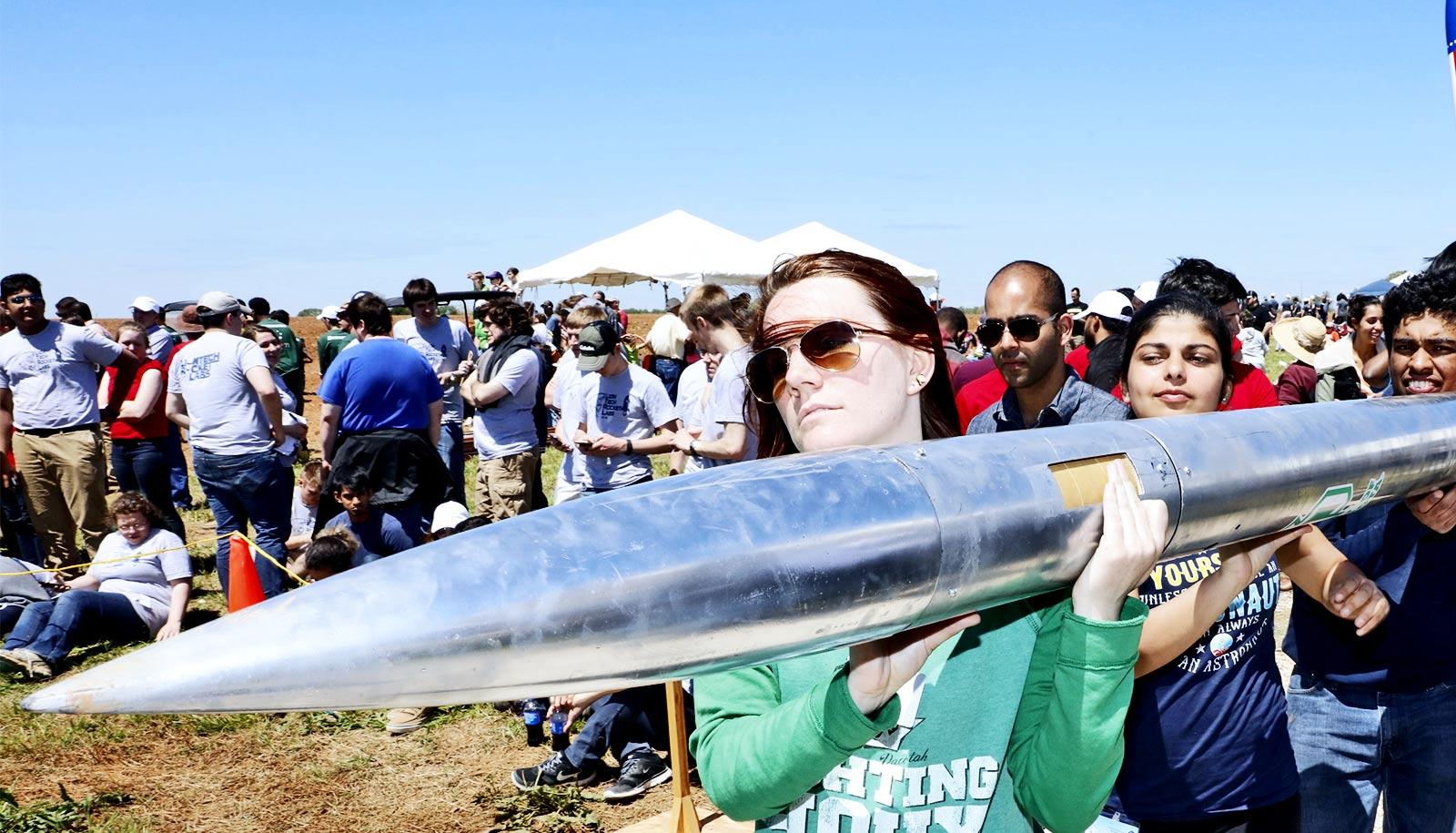People are more likely to see men rather than women as “brilliant,” according to a new study measuring global perceptions linked to gender.
The work concludes that these stereotyped views are an instance of implicit bias, revealing automatic associations that people cannot, or at least do not, report holding when asked directly.
“Stereotypes that portray brilliance as a male trait are likely to hold women back across a wide range of prestigious careers,” observes lead author Daniel Storage, an assistant professor in the University of Denver’s psychology department.
“Understanding the prevalence and magnitude of this gender-brilliance stereotype can inform future efforts to increase gender equity in career outcomes,” adds senior author Andrei Cimpian, an associate professor in the psychology department at New York University.
Previous work by Cimpian and his colleagues has suggested that women are underrepresented in careers where success is perceived to depend on high levels of intellectual ability (e.g., brilliance, genius), including those in science and technology.
Less understood are the factors that explain this phenomenon. To address this, the new study explored the potential impact of stereotypes. For example, perhaps the qualities of genius and brilliance are associated in people’s minds with men more than with women—and, as a result, women are less encouraged to pursue these fields—or the atmosphere of these fields is less welcoming to women.
However, accurately measuring stereotyping is a challenge. People are often reluctant to admit they have stereotypes, so asking directly about these beliefs is unlikely to provide an accurate measure of whether they endorse the idea that brilliance is more common among men than it is among women.
Testing implicit stereotypes
To overcome this methodological obstacle, the researchers adopted a test that is geared to measure stereotyping indirectly. Here, the aim is to capture implicit stereotypes—or the automatic associations that come to mind between certain traits (e.g., brilliance) and certain groups (e.g., men). This is in contrast to explicit stereotyping, in which we knowingly and verbally ascribe traits to groups of people.
The team employed a long-established tool, the Implicit Association Test (IAT), which measures the degree of overlap between concepts (e.g., brilliant and male) without explicitly asking subjects whether or not they hold stereotyped views.
The IAT is essentially a speeded sorting task. In the study, participants saw a series of stimuli (such as a picture of a woman or the word “brilliant”) on a computer screen and were asked to sort them into two categories by pressing either the E or the I key on their keyboard. For example, in some trials participants were asked to press E if they saw a stimulus that is related to either the category male or the trait brilliant. On other trials, the sorting rule was different. For example, the gender categories were swapped such that participants had to press E if they saw a stimulus that is related to either the category female or the trait brilliant.
The logic of the IAT, the authors explain, is as follows: If brilliant is more associated with male than with female in people’s minds, then participants will be faster to sort the stimuli when brilliant and male are paired with the same response key—because the stereotype makes these two concepts seem like they “go together”—than when brilliant and female are paired.
Gender stereotypes: open and hidden
Across a series of five studies, which included US women and men, US girls and boys (ages 9 and 10), and women and men from 78 other countries, the researchers consistently found evidence for an implicit stereotype associating brilliance with men more than with women. The magnitude of this stereotype was striking as well—for example, it was similar in strength to the implicit stereotype that associates men more than women with careers (and women more than men with the family), which was identified in an earlier study.
The team also gauged explicit stereotypes, directly asking subjects whether they believed that men are more brilliant than women. In marked contrast to the implicit stereotyping measures, subjects reported disagreeing with this idea—and, in one study, explicitly associated the quality of being “super smart” with women more than with men. The finding is consistent with previous scholarship showing that people are unlikely admit to stereotyping, reinforcing the importance of measuring such perceptions through more subtle means.
Coauthor Tessa Charlesworth, a doctoral student at Harvard University, notes that “a particularly exciting finding from this work is that, if anything, people explicitly say that they associate women with brilliance. Yet implicit measures reveal a different story about the more automatic gender stereotypes that come to mind when thinking about brilliance.”
The research will appear in the Journal of Experimental Social Psychology. Additional researchers from New York University, the University of Denver, and Harvard University contributed to the work.
The National Science Foundation supported the research.
Source: NYU



